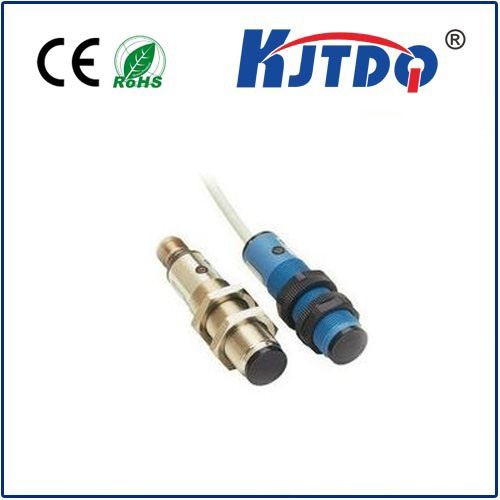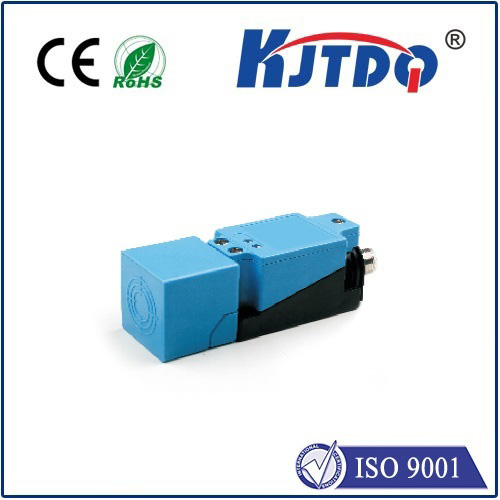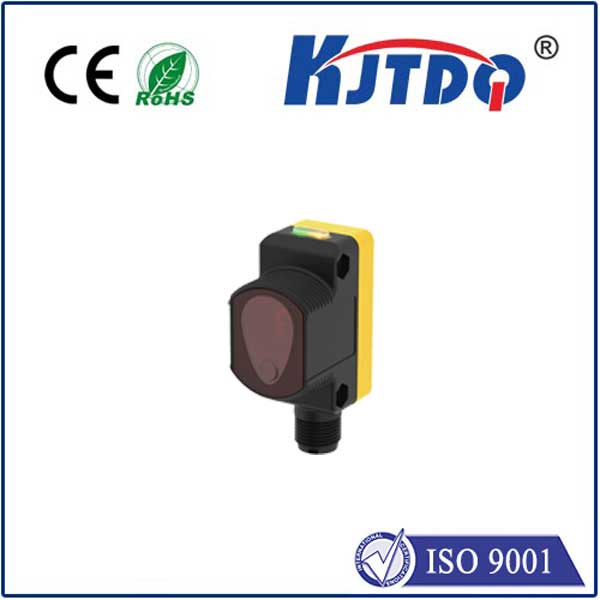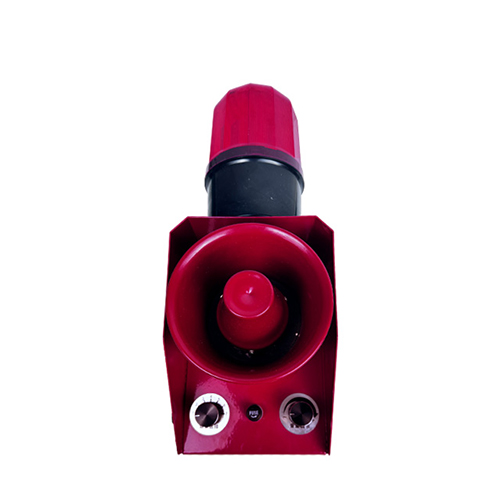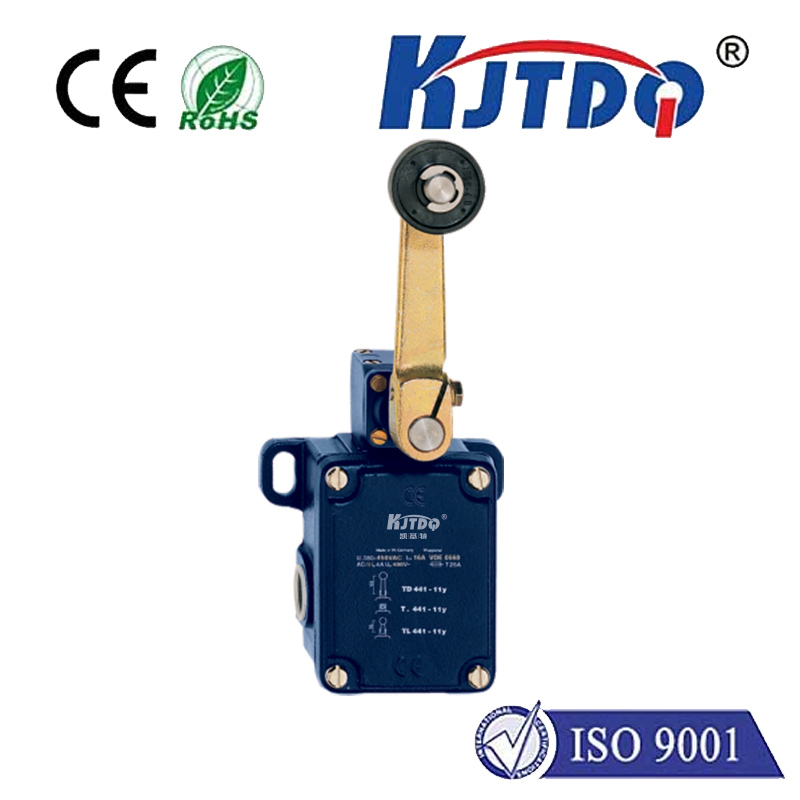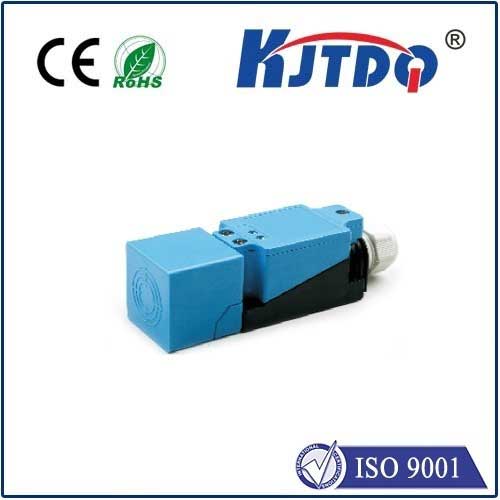BES03J9 high pressure proximity sensor
- time:2025-09-30 15:30:17
- Нажмите:0
Unlocking Robust Reliability: The BES03J9 High Pressure Proximity Sensor
In industrial environments where uncompromising performance under extreme conditions is non-negotiable, sensor selection becomes critical. Imagine a high-pressure hydraulic line powering massive machinery, a critical valve deep within a processing plant, or components submerged in challenging fluids. Standard proximity sensors simply won’t hold up; failure isn’t an option, it’s a potential catastrophe demanding expensive downtime and repairs. This is the demanding arena where sensors like the BES03J9 High Pressure Proximity Sensor rise to the challenge, offering unwavering detection where others falter.
So, what exactly is the BES03J9? At its core, it’s an electromechanical device designed to detect the presence or absence of a metallic target object without physical contact. The defining feature, as its name declares, is its exceptional ability to operate reliably in environments subjected to extremely high external pressures. Unlike standard sensors whose casings might deform, leak, or suffer internal damage under such stress, the BES03J9 is engineered specifically to withstand these forces.
Engineered for the Extremes: The Core Strengths
The robustness of the BES03J9 stems from several key design principles:

- Fortified Construction: Utilizing high-grade materials like stainless steel housing, these sensors are built like miniature tanks. This construction provides exceptional resistance to deformation and crushing forces exerted by surrounding high-pressure media, whether hydraulic fluid, oil, water, or other industrial liquids/gases.
- Specialized Sealing: Achieving reliable performance under high pressure hinges on flawless sealing. The BES03J9 incorporates advanced sealing technologies, often featuring multi-layered O-rings and specialized gaskets. This ensures an МП67 (or often higher, depending on exact specifications) ingress protection rating, preventing external pressure media from penetrating the sensor’s internal electronics, even under sustained high load.
- Pressure-Tolerant Internal Design: Beyond the external shell, internal components like the sensing coil and electronics are meticulously designed and potted (encased in protective resin) to mitigate the effects of pressure transients and ensure stable operation. This prevents internal shifts that could alter sensing distance or cause erratic signals.
- Reliable Inductive Sensing: Typically operating on the eddy current principle (inductive type), the sensor generates an electromagnetic field. When a metallic target enters this field, it induces eddy currents, causing a measurable change in the sensor’s internal oscillator. This change is processed to trigger a solid-state switch output (commonly PNP normally open (NO) or configurable).
- Optimized Performance: Expect specifications suited for harsh duties:
- Operating Voltage: Typically 10 to 30 VDC.
- Switching Distance: Precisely calibrated (e.g., 2mm for certain targets) with minimal drift under pressure.
- Output Current: Sufficient to drive PLC inputs or small relays directly (e.g., 200mA).
- Environmental Resilience: High resistance to Вибрация, shock, and often wide temperature ranges.
Where the BES03J9 Proves Indispensable: Key Applications
The unique capabilities of the датчик приближения высокого давления like the BES03J9 make it the go-to solution in numerous demanding sectors:
- Hydraulic Systems: Monitoring piston position within hydraulic cylinders, detecting valve spool positions, or confirming rod end position on high-pressure actuators. Failure here can mean loss of machine control or dangerous pressure releases.
- Fluid Power Machinery: Used extensively in construction equipment (excavators, bulldozers), agricultural machinery, presses, and injection molding machines – anywhere high-pressure hydraulics are the muscle.
- Offshore & Subsea Equipment: Surviving the immense pressures found deep underwater or in pressurized offshore systems demands sensors specifically built like the BES03J9.
- High-Pressure Pumps & Valves: Detecting valve open/closed status or pump component positions within systems handling fluids at extreme pressures.
- Test Benches & Pressure Vessels: Monitoring component position or presence during high-pressure testing procedures, where sensor integrity is paramount for accurate results and safety.
- Chemical & Process Industries: Reliable detection near high-pressure lines, reactors, or autoclaves, often combined with chemical resistance requirements.
Beyond Detection: The Tangible Benefits
Choosing a sensor like the BES03J9 isn’t just about making a detection; it’s about ensuring overall operational integrity:
- Minimized Downtime: Robust construction drastically reduces sensor failures caused by pressure-induced damage, leading to longer service life and fewer unplanned production halts.
- Повышение безопасности: Reliable detection of critical positions (like cylinder end-of-stroke on heavy machinery) is vital for preventing hazardous situations like runaway equipment or unintended pressure releases.
- Reduced Maintenance Costs: The durability translates to fewer replacements and less frequent servicing compared to standard sensors struggling in high-pressure zones.
- Process Reliability: Consistent and accurate position feedback ensures automated processes run smoothly and predictably, maintaining quality and throughput.
- Simplified Installation & Integration: Designed for challenging environments, they often feature M12 or M18 threaded cylindrical housings and cable or connector variants, making them relatively straightforward to install and connect to standard industrial control systems.
Selecting and Implementing Effectively
While the BES03J9 represents a specific high-performance solution, successful implementation requires attention to detail:
- Confirm Exact Specifications: Always refer to the manufacturer’s datasheet for the precise BES03J9 variant. Verify key parameters: maximum rated pressure (static and dynamic), temperature range, IP rating, switching distance, voltage, output type (NO/NC, PNP/NPN), and connection type.
- Target Material Matters: Inductive sensors only detect ferrous (iron-based) or non-ferrous metals. Ensure your target material (e.g., steel, aluminum) is compatible and that the specified switching distance is achievable.
- Environmental Considerations: Beyond pressure, consider temperature extremes, potential chemical exposure, and vibration levels to ensure full compatibility.
- Proper Mounting: Secure mounting is crucial to maintain sensing distance accuracy and withstand pressure/vibration forces. Avoid over-tightening.
- Electrical Integration: Match the sensor’s output type (e.g., PNP NO) and voltage requirements to your control system input (PLC, relay).
Conclusion: The Foundation for Resilient Automation
In the relentless world of industrial automation, particularly within high-pressure environments, component reliability is the bedrock of efficiency and safety. The BES03J9 High Pressure Proximity Sensor exemplifies engineering tailored for these extremes. Its fortified stainless-steel construction, exceptional sealing, and pressure-tolerant design deliver uncompromising performance where standard sensors would inevitably succumb. For engineers seeking dependable, maintenance-light position and presence detection in hydraulic systems, offshore equipment, or any application subjected to punishing pressures, integrating a purpose-built solution like the BES03J9 is not merely an option – it’s an essential strategy for building robust and resilient operations.







